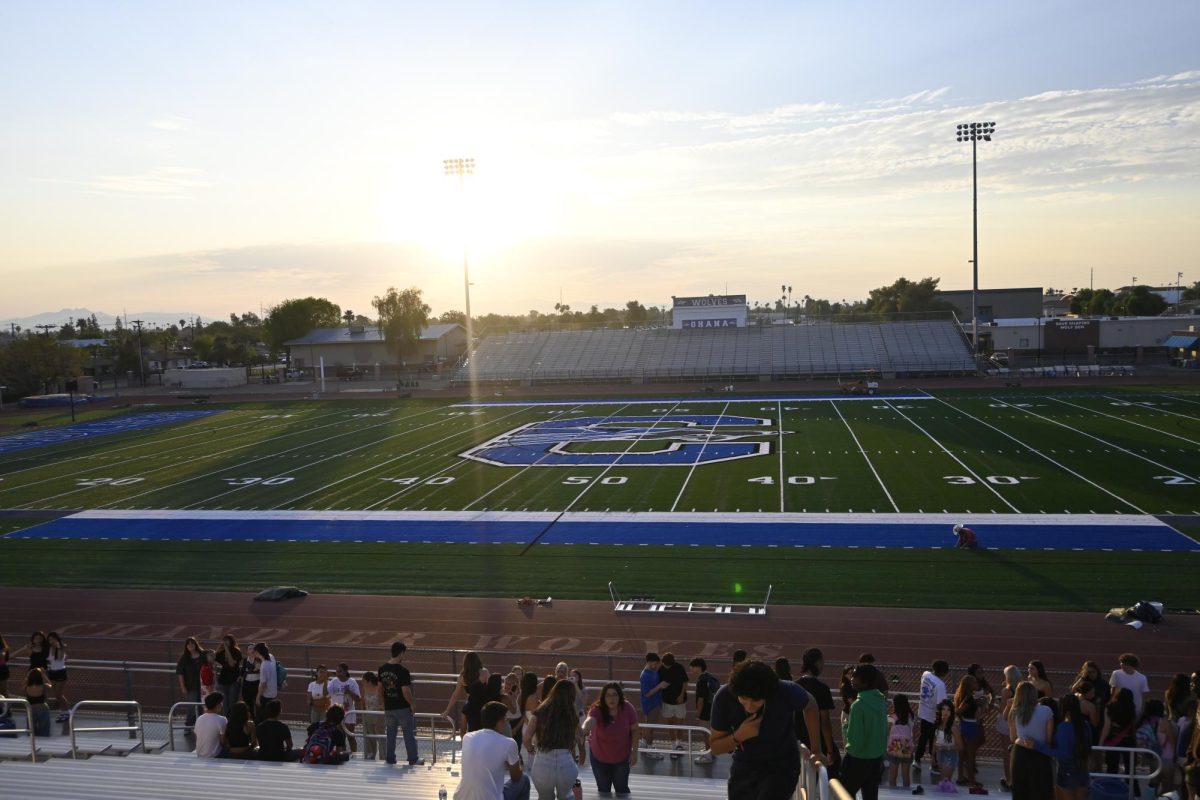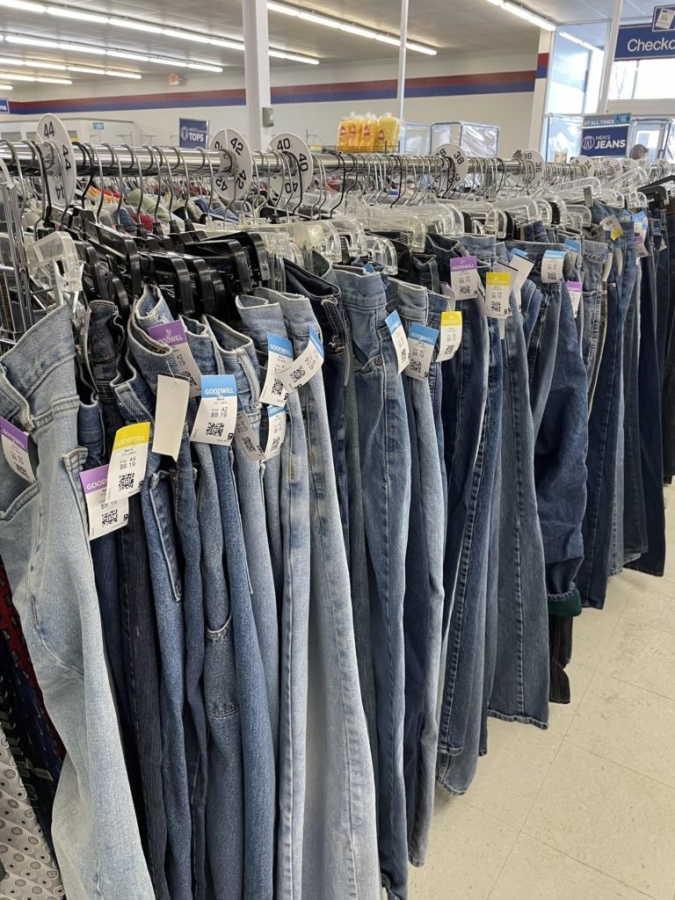During my childhood, I never let the size of my clothes bother me. It wasn’t until I matured and grew up, I became self-conscious about different sizes. The thought of increasing my shorts size was terrifying to me, causing unhealthy habits that took years to get over. As I’ve grown up, the stark difference between my old clothes and newer ones shocks me. I don’t mean the quality of clothing or the styles. I mean the sizing. Charts generated by the Wall Street Journal have revealed that women’s sizes have changed dramatically over the past half-century. Once upon a time, sizes were accurate to specific measurements, taking height and weight into consideration. However, that logic seems to have completely gone out the window, leaving women with confusing and inaccurate sizing.
The reason behind this weird, ever-changing system is called Vanity sizing. Vanity sizing is a marketing tactic that retailers and manufacturers use to sell more clothing. This system describes the process that retailers create larger clothing with smaller sizes, which has proven to be effective in getting women to buy more clothing. This has caused the standard of measurement to disappear in modern fashion. All measurements and scales are individualized and impacted by different retailers. This is the explanation for why women could be a size 8 at Tillys, and a size 4 at Target.
If we look back on past sizing methods, we can see how far we’ve come – and how completely off-the-rails sizing has now become. What was size 8 in 1958 is now labeled as size 00. What was size 12 in 1970 is now labeled as size 0. The proposed solution to this problem is universal sizing, which would force manufacturers to produce clothing by one specific set of guidelines and sizes. However, many people are concerned that universal sizing would fail to accommodate plus-size and petite women. In theory, universal sizing would be beneficial to the average woman; however, we can’t ignore the fact that it leaves out entire groups of women in favor of more conventional sizes. It’s not hard to see the reasoning behind this. Each body is different so it would be difficult to reinvent a reimagined system where each individual size would accommodate everyone.
So universal sizing isn’t a solution, and vanity sizing is becoming more of a pressing issue. Women are stuck with drawers full of different sizes, often leading to body dysmorphia. And who’s feeding this evolution of ever-changing sizes? Fast fashion. If you’re not aware, fast fashion is the industry that creates brands such as Shein, Zara, Romwe, Urban Outfitters, and tons of other popular brands. Fast fashion brands pride themselves on being able to keep up with trends, but they use cheap labor and poor material to do so. Women around the world argue that these brands are constantly producing items and trying to keep up with trends, leading to the support of wild variation of sizes, and that influence often spills over into other reputable retailers and stores who are in competition with them. When it comes to sizing with larger numbers, we may be led to believe we’re bigger than we really are. Not only is this system messing with the fashion industry, it’s messing with our perception of ourselves.
You’ll be glad to know that when it comes to shopping, there can be a few ways around this system. Try on as many items as you need to with this method, and find the items that work on the basis of your own body, rather than a size written on the tag. Know how the items are cut, what they emphasize, and what looks good (or doesn’t) on your body, and let the perpetrators behind these mind games worry about the numbers instead. If you want an actual, concrete solution to this inaccurate system, I recommend finding your body measurements! Some unisex pants, such as Dickies, provide sizes based on the length of legs and waist. Shopping online can also be beneficial and far more accurate. Most online websites provide measurements based on hips, height, and other factors other women’s jeans companies don’t consider.

























